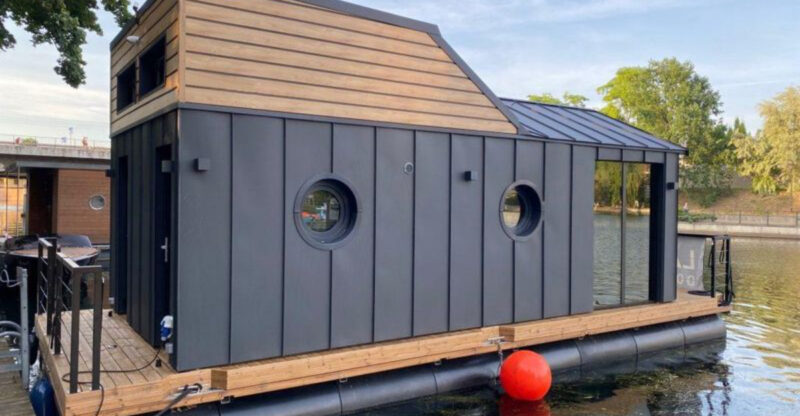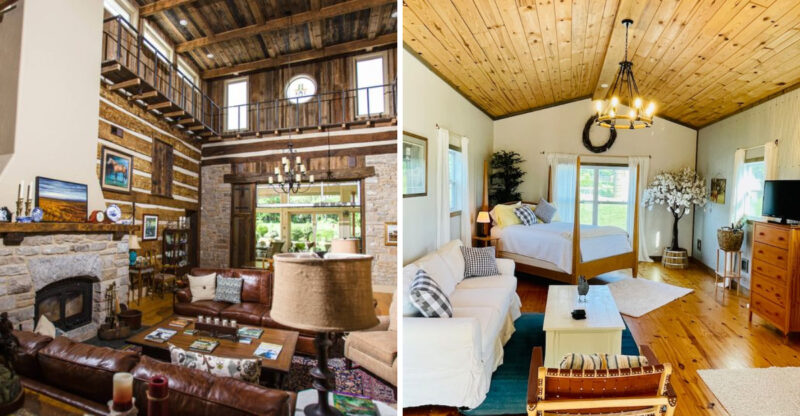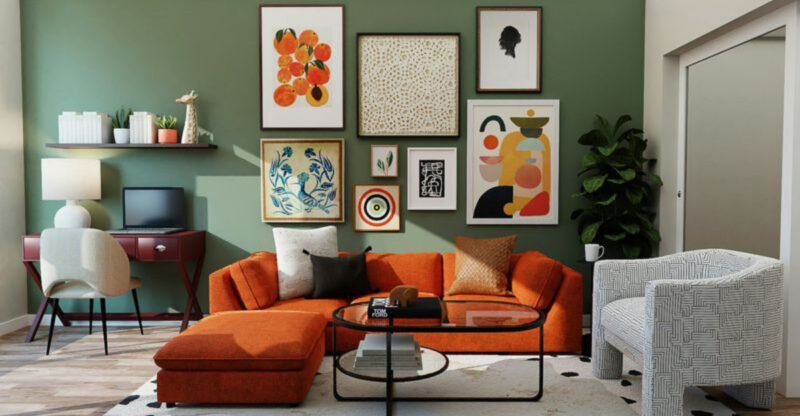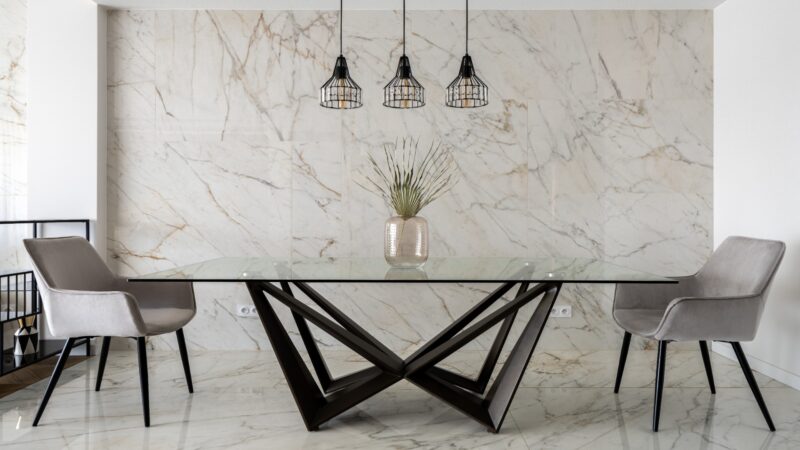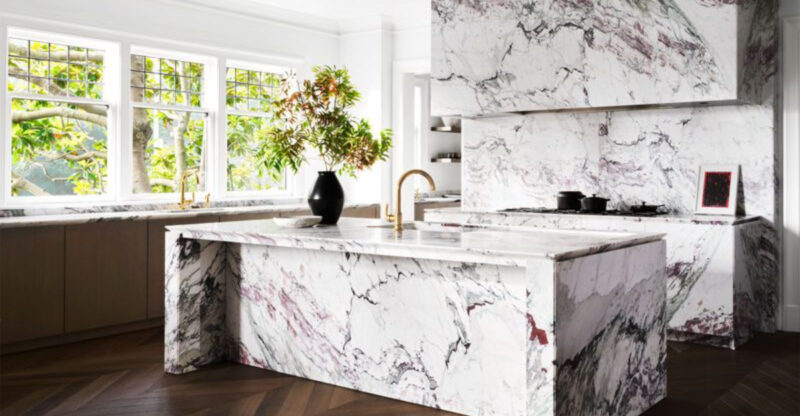5 Designer-Approved Flooring Styles That May No Longer Work In 2026
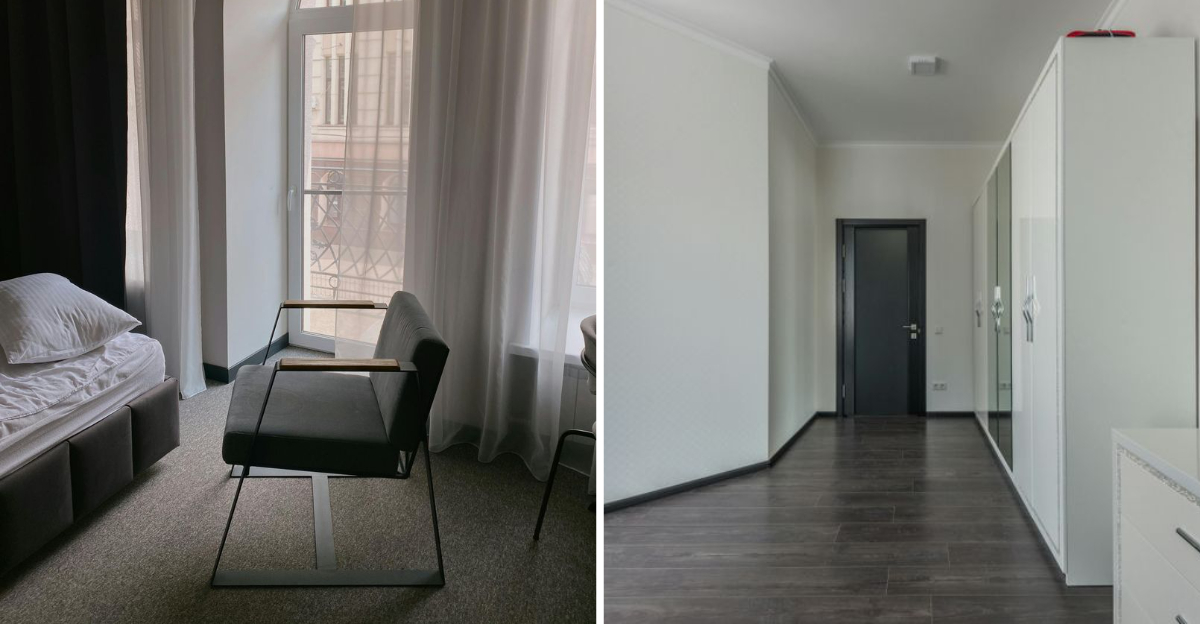
Home design trends come and go faster than we can replace our floors. What looks fresh and modern today might feel dated tomorrow.
As we look ahead to 2026, interior designers are already predicting which flooring styles will fade from popularity. If you’re planning a renovation soon, you might want to think twice about these once-beloved options.
These predictions are based on current design trends, though personal taste and regional preferences may influence which styles remain popular.
1. Hardwood Parquet Loses Its Puzzle-Like Appeal
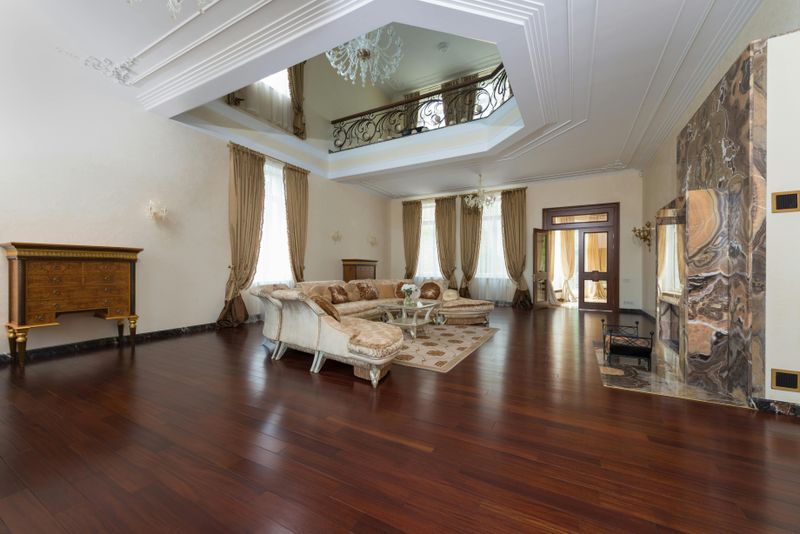
Remember those geometric wooden patterns that once screamed sophistication? Hardwood parquet flooring, with its intricate puzzle-like designs, is falling out of favor with today’s designers. The labor-intensive installation and difficult maintenance make it impractical for modern homeowners seeking simplicity.
Though popular in the 70s and again in recent years, parquet’s busy patterns compete with today’s cleaner aesthetic preferences. The geometric designs can make rooms feel smaller and more cluttered than they actually are.
If you love wood flooring, designers suggest opting for wider planks with natural finishes instead. These create a timeless look that won’t feel outdated when 2026 rolls around, while still providing the warmth and character of real wood.
2. Patterned Linoleum Fades Into Design History
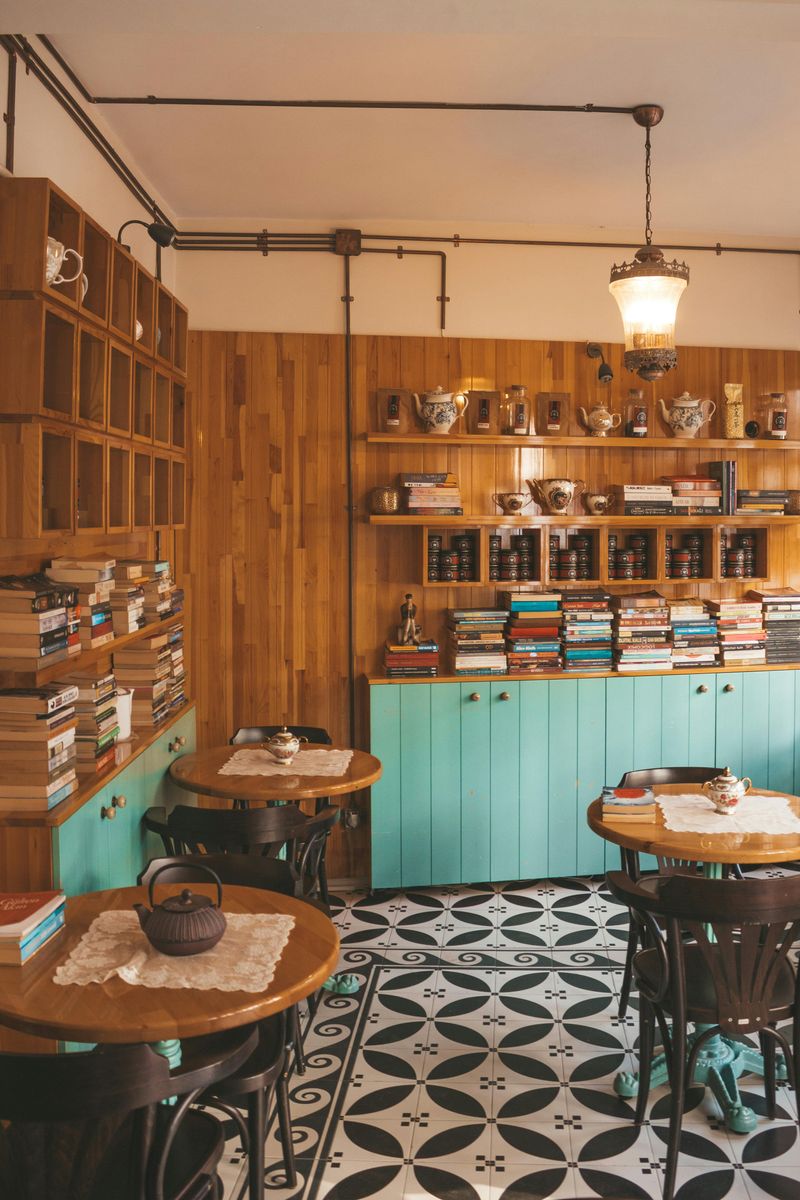
Whimsical checkerboard and floral linoleum patterns are headed for retirement. Once cherished for affordability and easy maintenance, patterned linoleum is increasingly viewed as a budget option that sacrifices style for practicality.
The distinctive patterns that made linoleum recognizable are now considered visually overwhelming and difficult to coordinate with changing furniture styles. Designers note that the material’s tendency to yellow and curl at the edges over time contributes to its declining popularity.
Modern alternatives like luxury vinyl tile (LVT) and sheet vinyl offer similar durability with improved aesthetics and installation methods. These newer options mimic natural materials more convincingly while providing the water resistance and practicality that made linoleum appealing in the first place.
3. Terracotta Tiles Cool Off
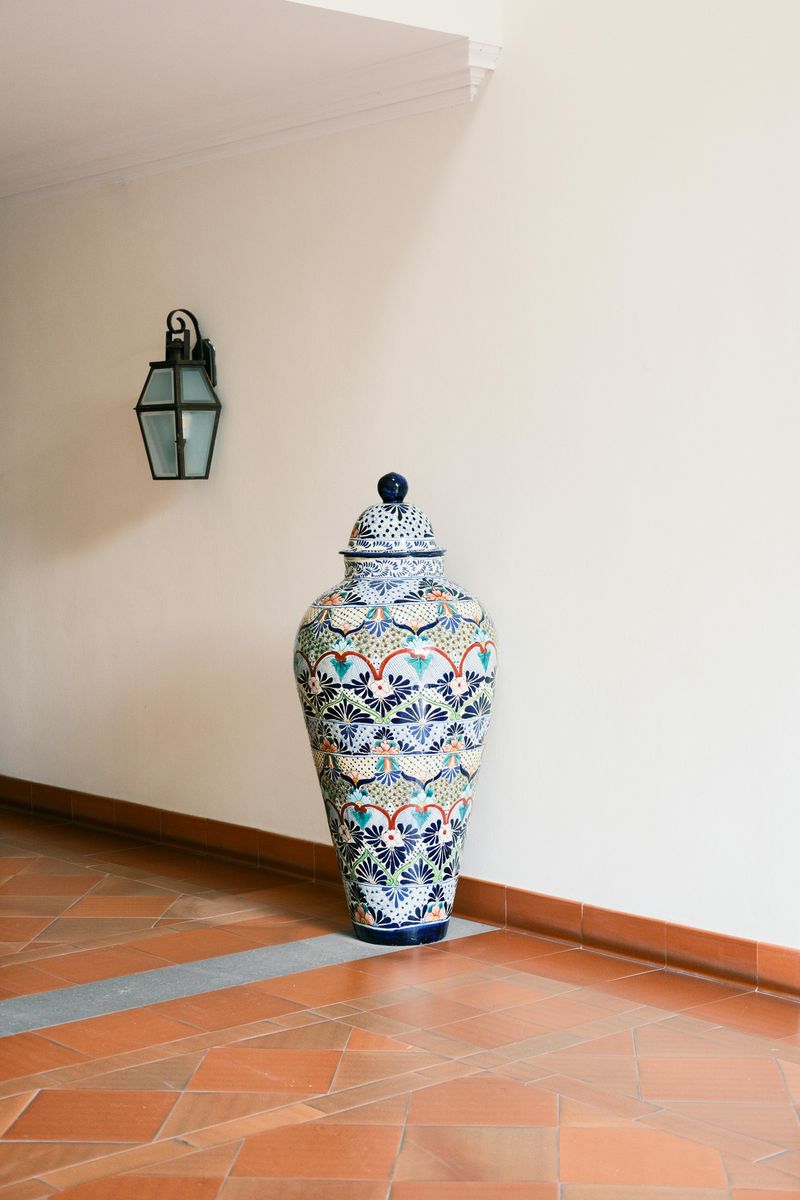
The warm, rustic charm of terracotta tiles is gradually cooling in popularity. While these earthy orange-red tiles defined Mediterranean and Spanish-style homes for decades, their distinctive color limits design flexibility and can feel too thematic for modern interiors.
Terracotta’s porous nature demands regular sealing and careful maintenance a commitment many homeowners aren’t willing to make. The uneven coloration and rustic texture that once seemed charmingly authentic now appear outdated compared to more refined options.
Instead, designers are embracing porcelain tiles that mimic natural materials like marble or limestone. These alternatives offer the durability and character of terracotta without the maintenance headaches or limiting color palette. They create timeless floors that complement evolving design trends rather than defining (and potentially dating) the entire space.
4. Dark Wall-to-Wall Carpet Rolls Out of Fashion
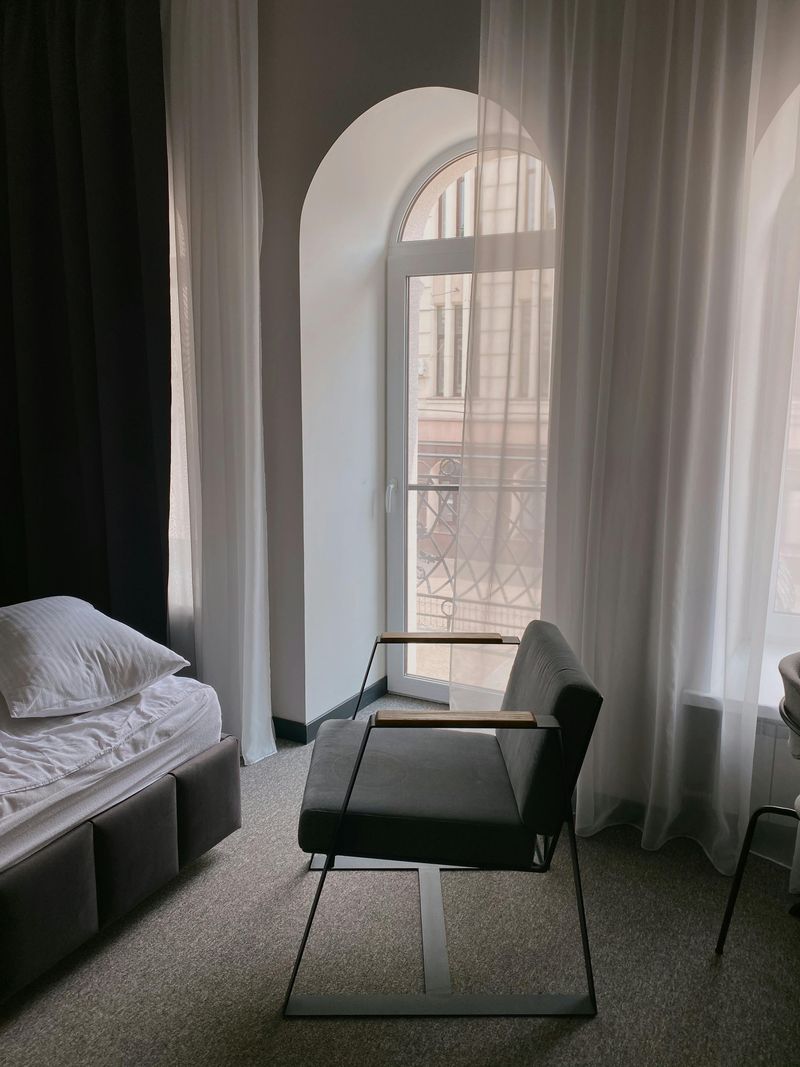
Dark wall-to-wall carpeting is quickly becoming the design equivalent of wearing white after Labor Day. The deep hues that once created cozy atmospheres now make spaces feel smaller and highlight every speck of dust or pet hair.
Maintenance headaches aside, dark carpets absorb heat in summer months and show wear patterns more prominently than lighter alternatives. The formal look they create clashes with the casual, airy aesthetics dominating current design trends.
Homeowners are increasingly choosing area rugs over wall-to-wall installations, allowing for more flexibility as tastes change. When carpet is preferred, designers recommend lighter neutrals or subtle patterns that hide imperfections while brightening spaces a trend expected to continue well beyond 2026.
5. Glossy Laminate Loses Its Shine
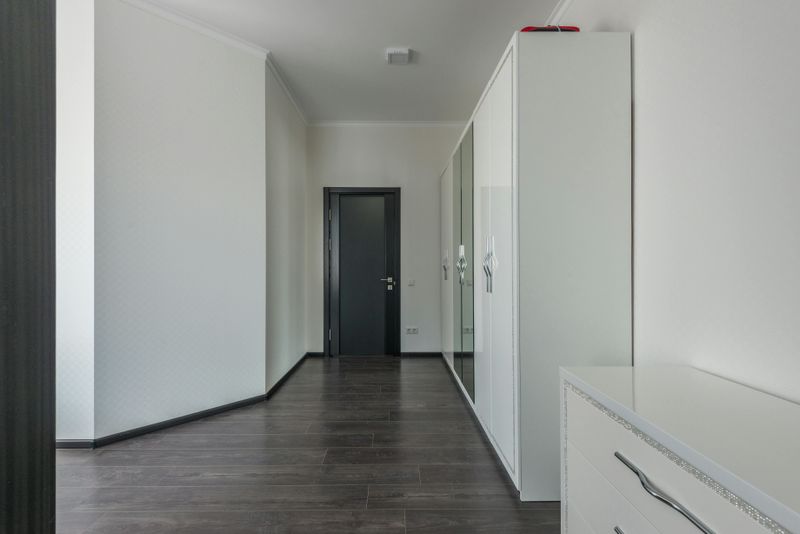
Those gleaming, high-shine laminate floors that promised the look of polished hardwood without the maintenance? They’re sliding out of style faster than socks on a freshly waxed floor. The artificial sheen that once seemed luxurious now reads as cheap and dated to most designers.
Glossy laminates show every fingerprint, scratch, and speck of dust, making them surprisingly high-maintenance despite their wipe-clean surface. The reflective quality creates distracting glare and can make spaces feel like commercial environments rather than comfortable homes.
Matte and low-luster finishes are taking center stage instead. These options provide the durability of laminate without the telltale shine that screams “fake wood.” The natural-looking finishes better mimic real hardwood’s appearance while hiding minor imperfections that would be glaringly obvious on glossy surfaces.

